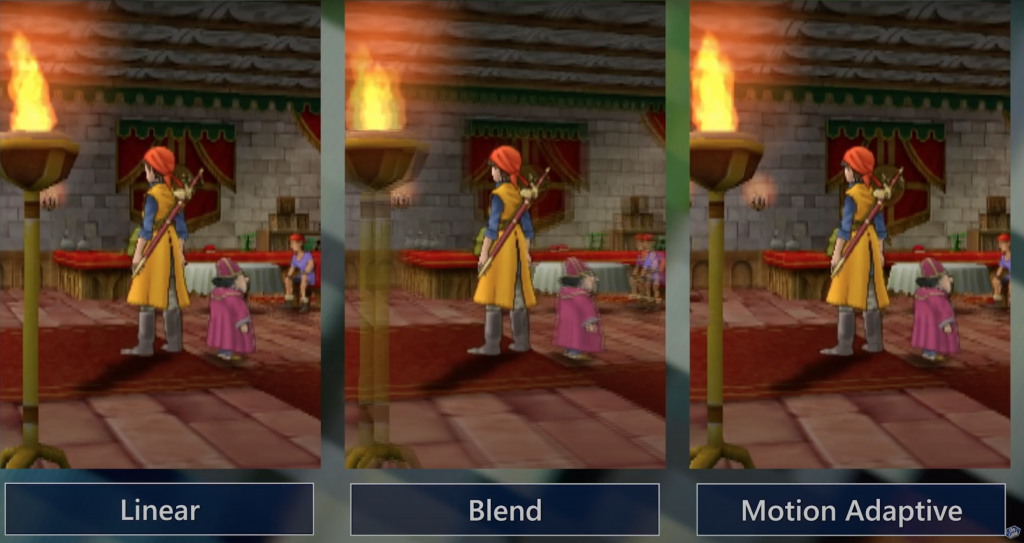PixelFX, a trio of hardware developers responsible for some of the community’s most polished console HDMI mods, has just released a significant firmware update for both their PS1Digital and N64Digital output boards. While this update implements some exciting new features for users of both mods, it also gives us window in to how PixelFX plans to maintain and improve its expanding stable of products.
The first headlining feature of this update is PixelFX’s implementation of motion-adaptive deinterlacing. Because low-latency is such an important part of enjoying retro games, Deinterlacing 480i game content—the act of taking an interlaced video signal and converting it to a progressive image—has long been accomplished with one of two methods: bob and weave. Both are zero-lag ways of displaying interlaced content on modern progressive displays and both can look good for certain kinds of content, but both have tradeoffs that affect image quality. Motion-adaptive deinterlacing aims to address this either/or dichotomy by analyzing the image; maintaining motion clarity by bobbing in places where there’s a lot of movement, and maintaining high-frequency detail by weaving in more static portions of the frame. It’s not a totally infallible way to handle interlaced content and there will be moments there its algorithm gets tripped up, but motion-adaptive deinterlacing has better image quality that other methods and accomplishes its task without adding any additional lag.

A more recent addition to FW2.0.0 is HDR10 support. I understand that you might be thinking: what does HDR have to do with consoles that were manufactured before even 1080p HDTVs existed? It’s certainly true that enabling HDR on these mods doesn’t trick either console in to actually rendering their images in HDR, but what enabling HDR output does do is trick modern TVs in to displaying content at a higher brightness than they would with regular old SDR signals. If you’re only really interested in seeing unfiltered PSX or N64 games scaled for your modern TV then this isn’t a huge deal, but if you’re someone who is trying every trick in the book to simulate a CRT-style image—black frame insertion, scanlines, shadow-mask overlays, etc.—then you need every bit of brightness you can get to combat the darkening effect of those settings.
Lastly, and most significantly in my opinion, the PS1Digital is now officially supported by the PixelFX framework. Not only does this mean that the PS1Digital gets some of the N64Digital’s cooler features (a more flexible polyphasic scaler, shadow mask support, HDR10, motion-adaptive deinterlacing, etc.) but PixelFX does plan to produce more of this specific mod in the future. Small pieces of the mod may be swapped in or out depending on what the ongoing components shortage dictates, but the base functionality will be the same from here on out. The PS1Digital is an older design and not as powerful as the N64Digital, but as far as I know right now the only feature that is expressly omitted as a result are the HQX/PFX smoothing filters; a small tradeoff for everything else.
For users who want to update, be aware that this new firmware is still only available in the testing channel of your device and the PS1Digital’s update process is more involved than what you have to go through for the N64Digital. Users have discovered some glitches and bugs so far but the PixelFX team is keeping an eye on their Discord channel (hosted on the Classic Gaming server) and is working on follow-up updates that will address a lot of these issues.
